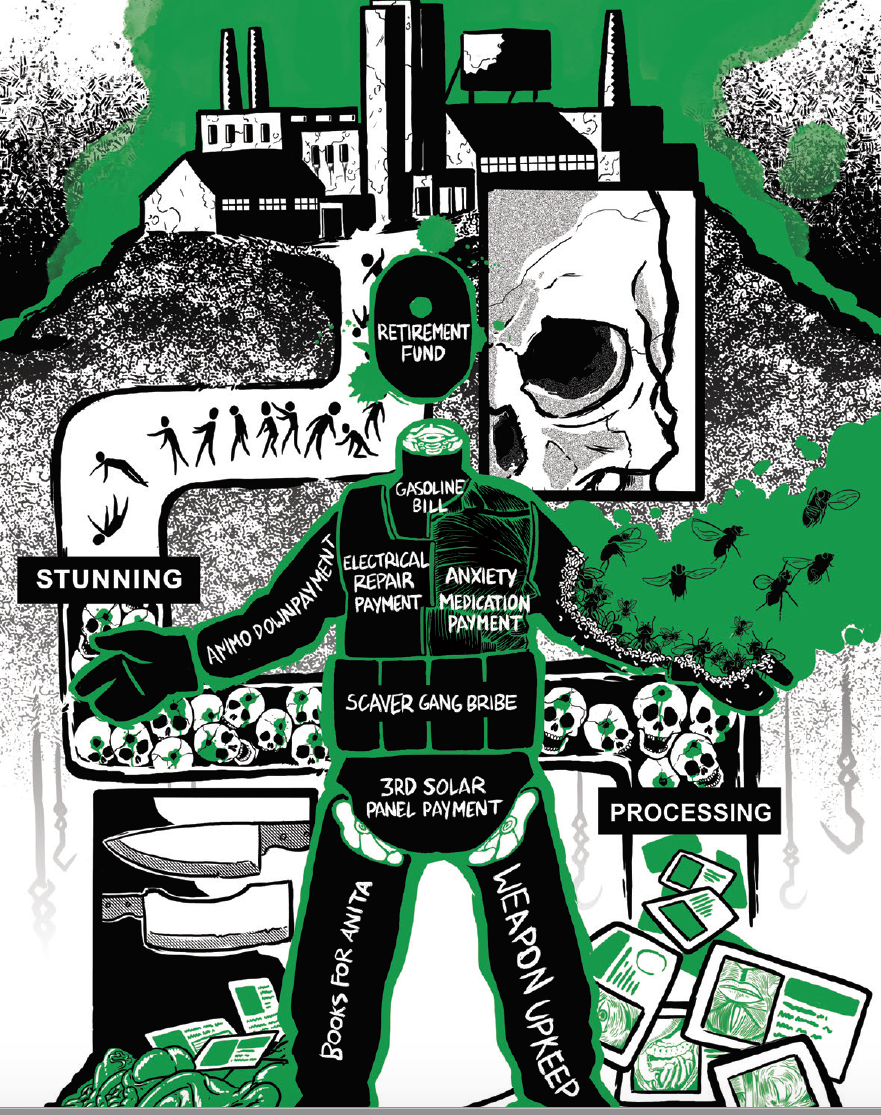Dear fellow enthusiasts,
my wife and I finally got stable enough in our living situation, that we can buy some new hardware (ours is 7+ years, while hers is a laptop). So I went out into the wild wild web to catch up with 7years of hardware progress (I am technological affine, but not following the trends in any way) and wanted to run by my first iteration of a setup with the infinite wisdom of this community.
For the background: both of us only use Linux at home and at work and do not plan to change this. We do not play AAA games, the most demanding game we play as of late is probably Dota2, ARK and GTNH (a Minecraft mod pack, that eats your ram for breakfast). Hence we won't need cutting edge hardware, more like an upper end budget setup. Anyway, with my last PC I had tons of troubles with the mainboard, the GPU (nvidia) and other stuff, even though I thought I checked stuff in advance, so I wanted to have an outside opinion.
TL;DR: here my draft, with prices from an online store:
- Mainboard: ASRock B650M-H/M.2+ 97.90€
- CPU: AMD Ryzen 7™ 7700, 8 core, 3.800 MHz base, AM5, 32 MB L3 cache 227.90€
- GPU: XFX Radeon RX 6650 XT Speedster SWFT 210 Core Gaming, RDNA 2, GDDR6, 3x DisplayPort, 1x HDMI 2.1 249.90€
- RAM: ADATA DIMM 32 GB DDR5-4800 (2x 16 GB) Dual-Kit, 84.90€
- PSU: be quiet! System Power 10 650W 61.90€
- Storage: Crucial P3 Plus 1 TB, SSD PCIe 4.0 x4, NVMe, M.2 2280, Reading: 5.000 MB/s, Writing: 3.600 MB/s 69.99€
- CPU cooler: be quiet! Pure Rock 2 Black 39.89€
- case: generic 50.00€
sum: ~880.00€
we don't mind to pay a little bit more here and there, but I do not see any real benefit to it. Even storage should be fine for our purpose and can be easily expended (the MB has two M.2 slots, and even Sata3 should be fine for raw storage).
ah, and we would buy two of those... My first idea was to buy one PC with two GPUs with passthrough of GPU and USB input (sitting anyway close), but I got the impression, that is at this moment more something to tinker, then to run "in production".
Best wishes, me
PS: if this community is not correct, I apologize and would kindly ask for the better fit.
Largely things look good. It might be a good idea looking for a motherboard that has Intel ethernet rather Realtek. I'm also a bit curious if the barebones VRM design on the board is adequate as well.
Good point, thanks. I had the same with a tiny homelab, which I assembled recently. What do you mean with barbone Vrm design? I'm not familiar with this
Looks good. Just be aware that that 2.1 HDMI port is gonna work in 1.4 mode, cuz the HDMI consortium sucks and they don't want to open source it or smth
thanks for the hint, I read not to good stuff about HDMI as well as of late. If that fails, I'll just use the DP connectors :)
The components are well balanced. You might want to take a look at PSU Cultists Tier List.
Maybe take a look at the Thermalright (Peerless) Assassin CPU Coolers. They are testing well and are very affordable.
Lastly, you should make sure your mainboard has everything you need (M.2 slots, RAM slots, ...). Upgrading a mainboard is not that much money.
thanks for the input and the link. Yes the MB I am worried about the most. The last I had shipped with a buggy BIOS, and the published updates were even worse... but it is really hard to know in advance, otherwise the listed one has all IO, that I need.
Also, check what kind of update mechanisms it uses. For mine, you can just plug a USB drive into a specially marked port, and it will flash the BIOS automatically (provided the drive is set up in a particular way), and you can also do it from BIOS.
Some have a button, instead. Just know what you're getting, in case you need it to rescue the BIOS.
the one I listed checked all boxes, good thing to look for, for my last one I still needed to have an obsolete windows partition...
I haven't used linux in a good minute, but for some reason I was under the impression that it hated AMD gpu's?
Not really; it's more of the opposite: AMD gpus run flawlessly here on Linux
I actually read both sides, depending on the use case and the novelty of the hardware. AFAIK, AMD has superior long term support, because their drivers are open source, but NVIDIA might surpass for cutting-edge hardware, but those are just opinions I caught. Anyway, here I'll settle with AMD for now.
It used to be that AMD was the inferior choice, but it's now the preferred option, thanks to the driver being fully open source and the rise of the Steam Deck (along with Proton).
Nvidia, on the other hand, still refuses to open source their driver and treats the Linux community like an afterthought. As a result, it doesn't always play nice with compositors like Wayland. It's still fine for gaming, but it won't be as compatible as AMD.
I'm no expert but I see no obvious red flags there, should be good to go!
My first idea was to buy one PC with two GPUs with passthrough of GPU and USB input (sitting anyway close), but I got the impression, that is at this moment more something to tinker, then to run "in production".
I'm under the same impression, I check it every few months but it looks clunky and not worth the trouble. Not something I'd like to rely on right now, that's for sure.
I really would love to have such a setup, but only if I have a "stable" daily driver as fallback.
The only way I see myself ever giving it another go is if I manage to get into my NixOS setup for easy replication or something, too much manual tweaking otherwise.
The compromise I arrived at after I migrated to Linux was booting windows off a VHD file on a USB SSD when I really need it. That way I get a portable, fully performant install without it wasting any disk space or messing with my partitions.
Nix is on my infinitely long list of stuff to get into, when I'm in better shape.



